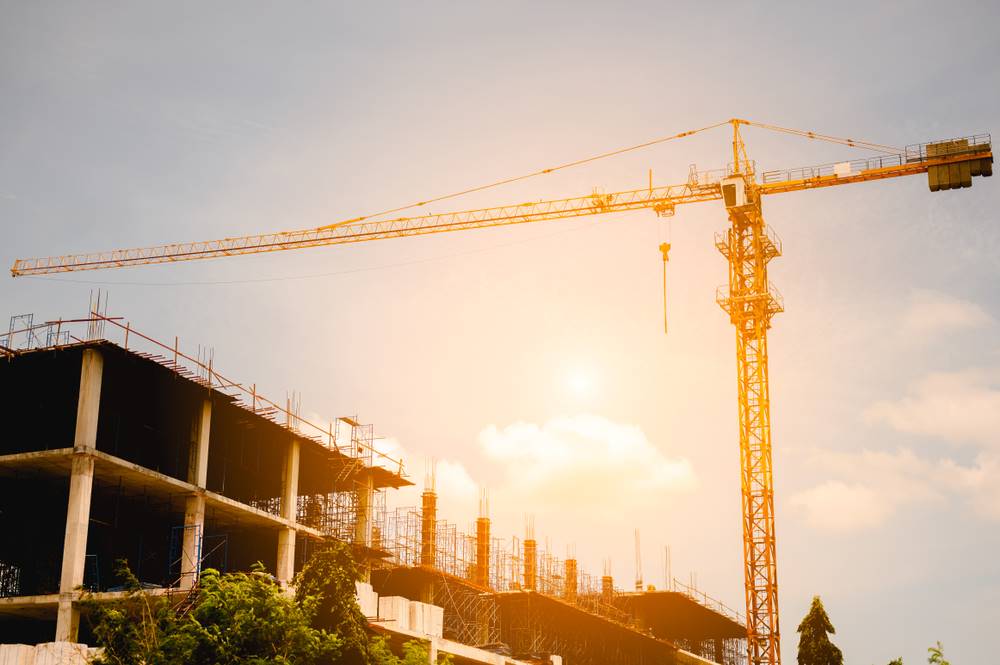Working with cranes creates a variety of hazards on any construction site. Unsafe work practices can result in serious injuries, costly damage to buildings or materials, and even deaths. When using tower cranes or any type of lifting equipment on a project, being aware of the risks involved is very important. Adequate safety measures must be implemented to ensure the safety of the construction site and prevent accidents.
Being aware of the main dangers when using cranes can help develop appropriate measures to avoid them. This article will provide an overview of some common crane hazards.
Some common security risks:
Load drop
When working with overhead cranes, falling objects from heights are one of the most common threats. A falling load can cause serious injury, death or structural damage to the project and surrounding properties. In addition to the direct risk of the load falling on a worker or building, a lot of time will be lost and unplanned expenses will be required to cover the damage. There are several factors that can result in falling loads from an overhead crane:
- Operator error or insufficient training : All crane operators must be trained to perform their duties efficiently and safely. Adequate training and certifications should be required by project owners and developers.
- Machinery Failure : As with all mechanical equipment, the risk of failure is present in engines and other components. Periodic inspections, maintenance and repairs must be performed regularly to reduce the risk of mechanical failure.
- Two locks : Two locks occur when the lower load block touches the upper load block. This greatly increases the tension on the line and the load or other components of the crane may fall.
- Sliding : To prevent the load from slipping, it must be properly secured before being lifted. Poorly secured loads pose a major risk to anyone on the project site.
Overload
Most accidents involving the structural failure of a crane are the result of overloading. All cranes come with working specifications including operational load capacity which must be strictly followed. If the maximum load is exceeded, additional stress will cause the crane to collapse or deform. Crane overloading does not only mean exceeding the maximum load, but can also happen under the following circumstances:
- Dropping loads suddenly
- Using defective components
- Dragging loads
- Wrong placement of loads
Electrical hazards
Electrical risks represent around 50% of accidents involving cranes. They are caused when a metal component of a crane touches a power source, such as a high voltage line. This risk is present on most construction sites when lifting is carried out close to energized power lines.

Those directly touching the crane are most likely to be electrocuted, but any nearby workers are at risk. As a result, an accident of this type can result in multiple deaths or injuries from electrocution. Proper planning and positioning before working with any type of crane will reduce electrical hazards.
Make your construction projects safer with professional construction management services.
Safety Tips
Here are some safety tips for safely carrying out crane operations:
- Adequate training : Every construction company or employer must provide adequate training to all workers, regardless of their field of work. Proper health and safety training will increase safety, satisfaction and profits in the workplace. At the same time, there is a reduction in injuries, accidents and deaths.
- Define work areas : Workers should never be under loads or in their path, and operators should never lift a load over a worker. Everyone on the construction site should know that standing under a crane or load is prohibited, and this includes visitors. Awareness needs to be created to keep personnel away from dangerous areas around cranes.
- Adequate signage : Clear warning signs must be displayed in all danger zones to alert workers and visitors to potential hazards. If necessary, provide training classes where the signs are explained to ensure all employees understand them.
- Maintenance : Routine maintenance and repairs must be performed on all equipment on site by qualified workers. This ensures proper functioning and safe working conditions.
- Understand crane specifications : All workers must be informed about crane specifications, especially maximum load and lifting limits.
- Supervision : There must always be crane supervisors present on construction sites when cranes are in operation.
- Personal protective equipment (PPE) : All construction workers and visitors must have appropriate protective equipment.
Safety plans: Proper risk assessment and a safety plan before starting a project are critical to reducing on-site hazards. This plan must be under constant evaluation and updated if necessary.

